Nagano’s an interesting place. It’s the fourth largest prefecture, with a population of just over two million. It’s landlocked and has the furthest point from the sea in Japan. And it’s bordered by more prefectures than anywhere else in the country (eight in all).
The two major cities are Nagano City and Matsumoto. Both have their attractions. Nagano has the wonderful temple of Zenkoji with its unique history and atmosphere. Matsumoto, as I discovered last weekend, has a delightful castle whose foundation dates back to the sixteenth century.
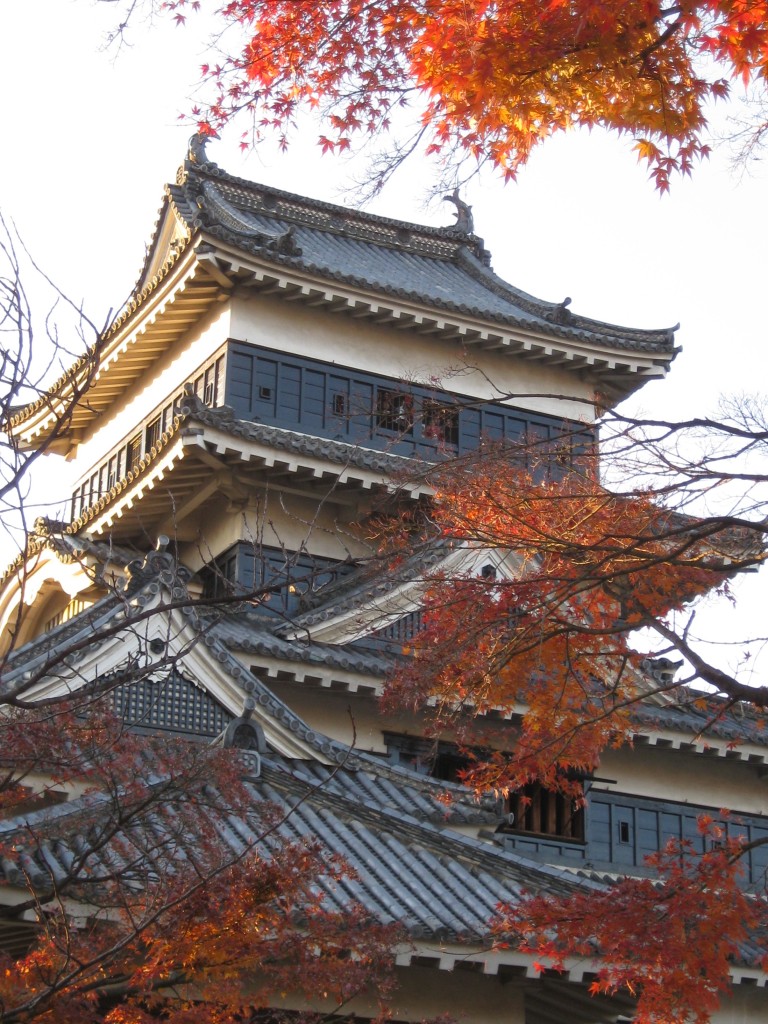
What marks Nagano out geographically is its mountains and lakes. Nine of Japan’s highest twelve mountains are in the prefecture, and until recent times the high ranges kept the prefecture relatively isolated. Now hordes of tourists descend on its lakes to take their summer holidays. Luckily they all descend at the same time, leaving the resorts empty out of season.
This year I’ve got to know three of the lakes pretty well. Nojiriko, Suwako, and Shirakabako. The latter is named after the silver birch, the prefectural tree. Like many of the region’s lakes, it’s sanctified by a shrine with a torii at the waterside as if opening up into a different dimension (water has spiritual associations, and kami often arrive that way). In this case a Kashiwara branch shrine stands on a small promontory…
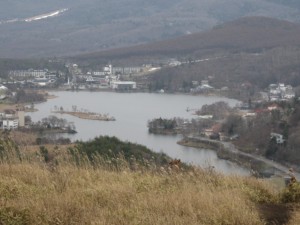
Shirakabako, quiet and still snowless in the autumn mist
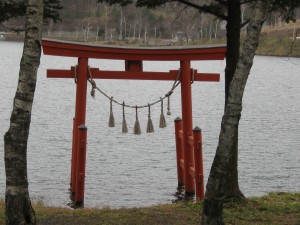
Like many lakes in the north, there's a torii at the junction of two different realms
Wayside shrines and dosojin
If you keep your eyes open, you’ll see evidence of traditional beliefs that have long died out in the cities and more Westernised parts of the country. Just outside Suwa Taisha’s Harumiya, for instance, I came across a small family shrine placed before a tree. It stood open to the elements, with the weathered gohei (vehicle for the kami) augmented by a little Inari fox.
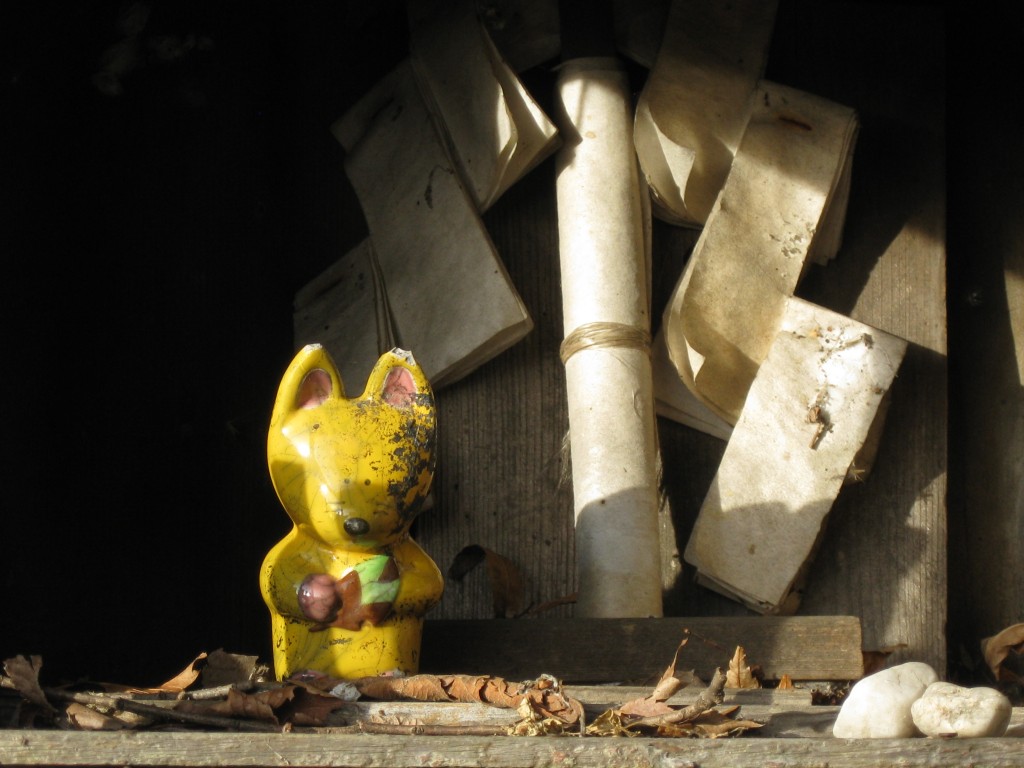
Another aspect of the region are the dosojin (stone markers). They were often placed at village boundaries, to act as tutelary spirits and ward off evil. Sometimes they simply bear inscriptions, but often they show human figures and sometimes a pair coupling. The idea is that the fertility they represent will foster vitality sufficient to overcome the negative forces of pollution and disease.
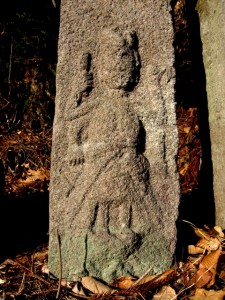
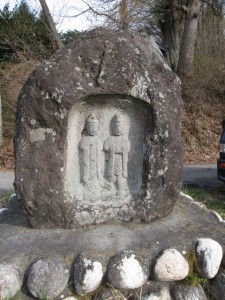
These two pictures were taken by my friend Christopher Herron while driving around Nagano. The pictures below are taken from the book Gods of Myth and Stone: Phallicism in Japanese Folk Religion by Michael Czaja, all from Nagano.
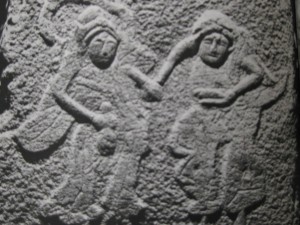
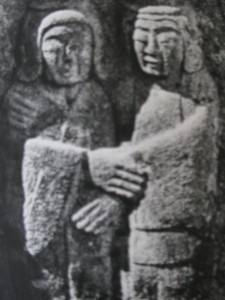
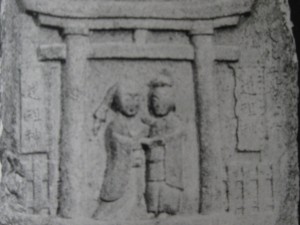
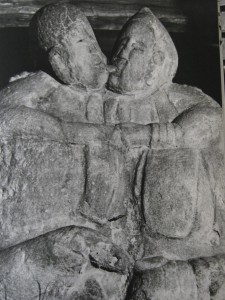
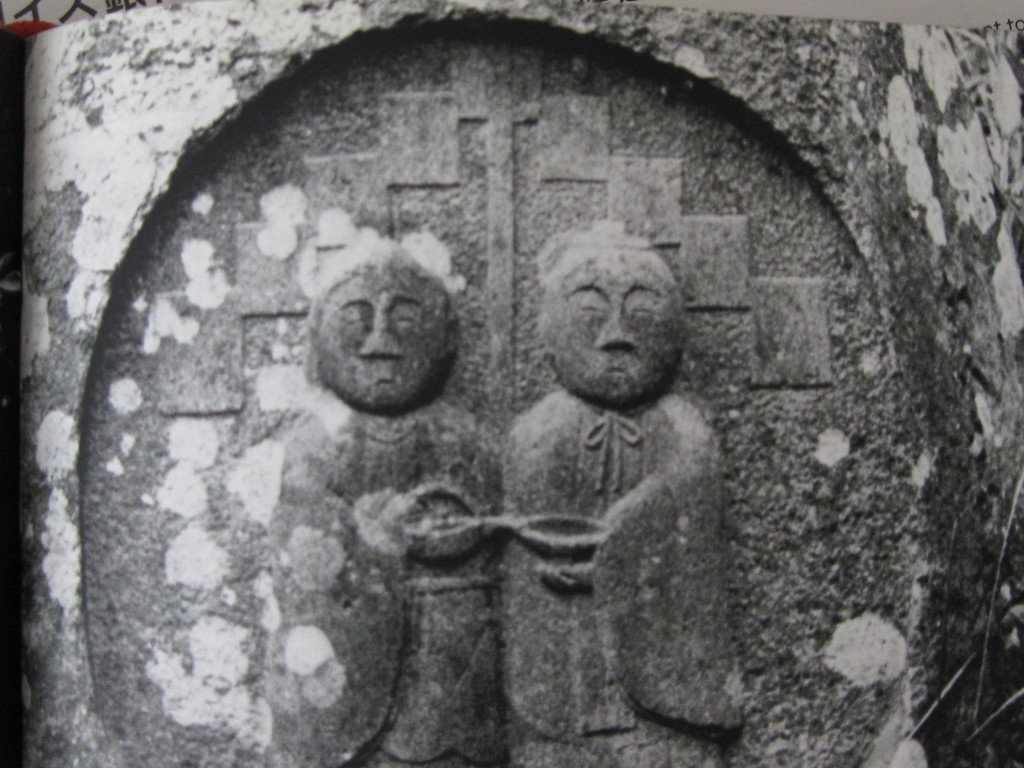 ************************************************************************************
************************************************************************************
For more on dosojin, see http://www.onmarkproductions.com/html/dosojin-stone-markers.shtml
and http://darumapilgrim.blogspot.com/2005/09/doosojin-wayside-gods.html

Leave a Reply